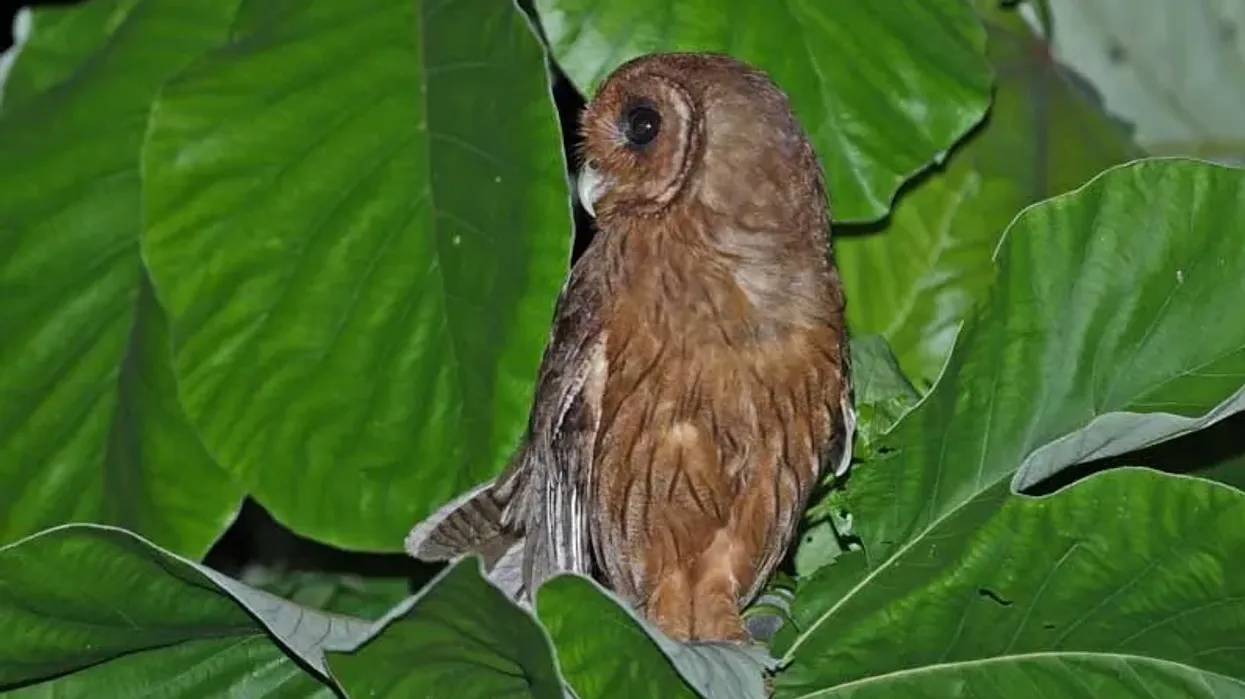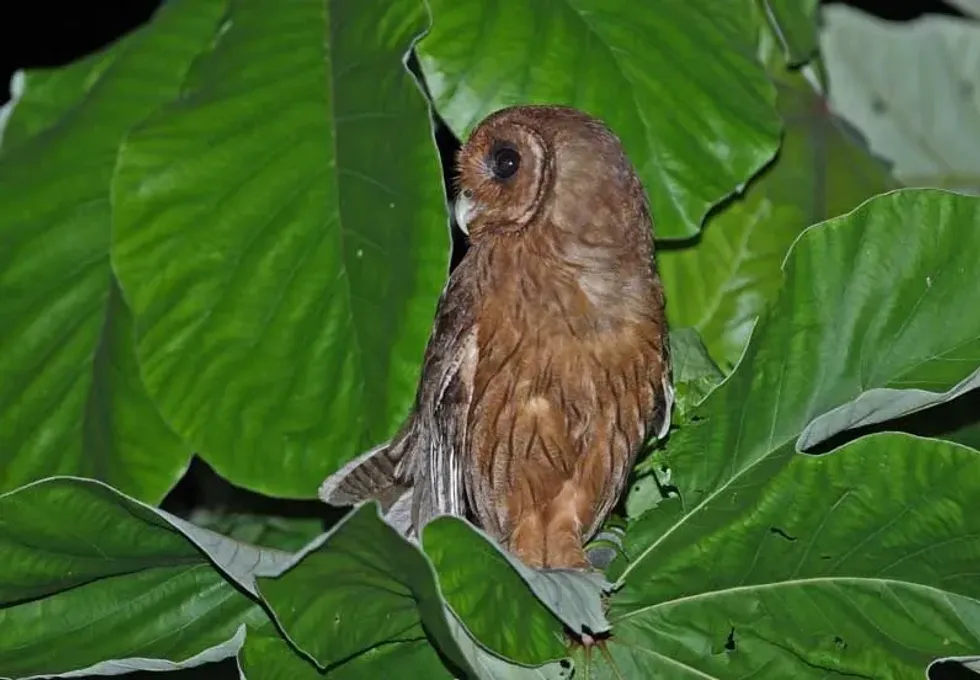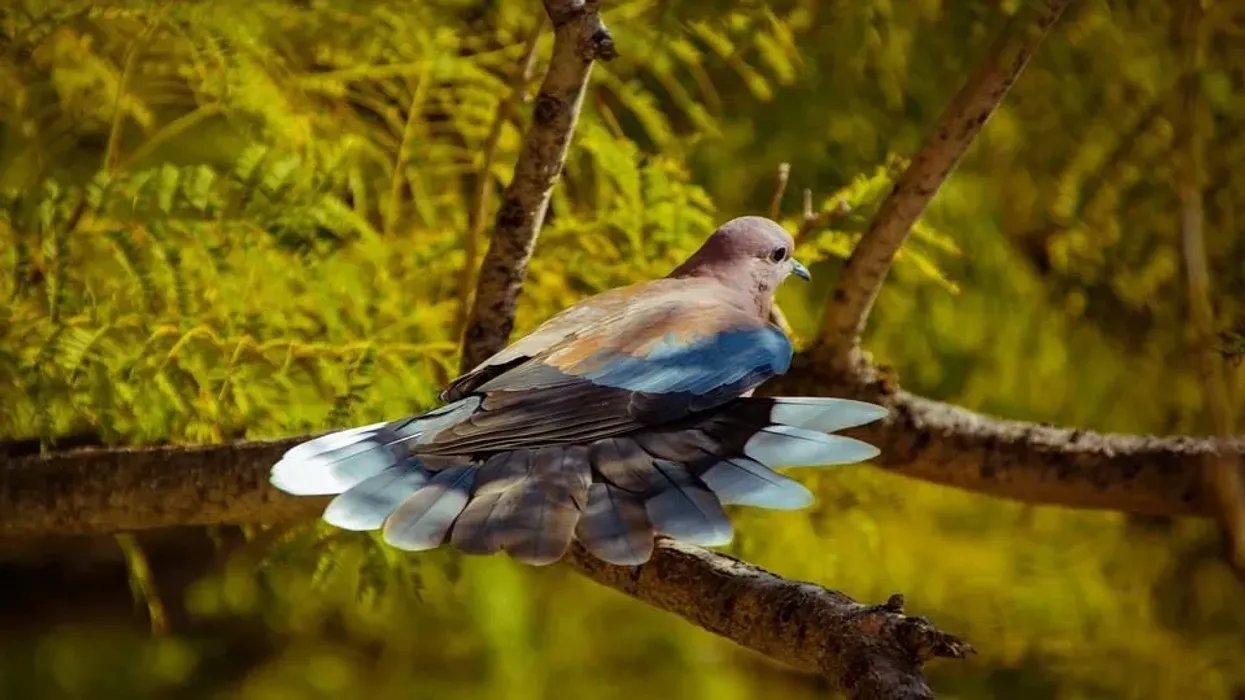Ever since the Harry Potter series, in which the protagonist has a beautiful owl named Hedwig, there has been a heavy rush to own this exotic species as a pet. But is it safe to own? What do owls eat? What is its temperament like?
Is it legal to own it? These must be some of the questions lingering in your mind right now. Our content here will surely answer all your queries.
One owl species which we are going to discuss here is the Jamaican owl species. This Jamaican owl is common and widespread across the island of Jamaica.
The Jamaican owl (Pseudoscops grammicus), which is endemic to Jamaica and lives in habitats rich in foliage like forest edges, parks, gardens, and woodlands, is an owl with long ear tufts. This owl has excellent hearing, which helps it locate its prey very quickly. They glide silently close to the ground and pounce on their unsuspecting prey.
Your knowledge journey has just begun. Read on to know more about the species. If this bird interests you, check out our content on sparrow facts and turkey facts.
Jamaican Owl Interesting Facts
What type of animal is a Jamaican owl?
The Jamaican owl (Pseudoscops grammicus) is a medium-sized owl endemic to Jamaica.
What class of animal does a Jamaican owl belong to?
The Jamaican owl (Pseudoscops grammicus) belongs to the class Aves.
How many Jamaican owls are there in the world?
The data on the exact number of Jamaican owls in the world is not available. However, there are about 250 species of owls worldwide, out of which 230 species belong to the family Strigidae, and the Jamaican owl also belongs to this family.
Where does a Jamaican owl live?
This Jamaican owl (Pseudoscops grammicus) is endemic to the island of Jamaica. This owl is relatively uncommon from any owls found in North or Central American habitats. This nocturnal species is rarely seen outside its suitable habitat.
What is a Jamaican owl's habitat?
The Jamaican owl (Pseudoscops grammicus) habitat range includes pasturelands, forest edges, parks, and even gardens. These birds are often found in low to mid-level forests with huge trees. During the day, the Jamaican owl roost on trees with dense foliage or tree cavities.
Who does the Jamaican owl live with?
The Jamaican owl (Pseudoscops grammicus) usually prefers a solitary life and lives in pairs only when mating. After mating, both male and female owls take care of the owlets until they are big enough to fly.
How long does a Jamaican owl live?
The exact information on the lifespan of the Jamaican owl (Pseudoscops grammicus) is not available. Owls, in general, are known to live up to 10 years on average in the wild. However, in captivity, its lifespan can go up to 25- 28 years.
How do they reproduce?
The male makes loud sounds to attract the female during the mating season. The exact month of the breeding season is unknown, but it is assumed to be from December to June.
After mating, the Jamaican owl builds a nest in its habitat between the fork of branches or the tree cavity in such a way that the branches and the foliage conceal the nest. The female usually lays about two white eggs.
Next, the female incubates the eggs, and after the young ones hatch, both male and female owls take the responsibility of feeding the young ones.
What is their conservation status?
Their numbers are steady, and so they have been placed under the Least Concern category.
Jamaican Owl Fun Facts
What do Jamaican owls look like?

The Jamaican owl (Pseudoscops grammicus) has a dark brown barring with streaks and has an amber facial disk. This medium-sized owl has long ear tufts, hazel-colored eyes, and a grayish-yellowish bill. It is a nocturnal bird endemic to the island of Jamaica and inhabits places like lowland forests, pasturelands, woodlands, parks, and gardens.
How cute are they?
Some people find them very cute but on the other hand, some people believe looking at this species brings death or bad luck and find it repulsive.
How do they communicate?
The male Jamaican owl is very vocal and makes loud calls during the mating season to attract the female. The female’s voice is usually lower than that of the male.
The Jamaican owl’s main call is about a one-second-long 'whaaARRrrhh'. These birds also make a higher, repeated sound like 'who-whooo who-whoo' usually heard before dawn or at dusk. The begging call of the young or baby Jamaican owl is a thin, high screech-like 'wheee-eee'.
How big is a Jamaican owl?
The Jamaican owl (Pseudoscops grammicus) is about 10 to 13 in (25-33 cm) in length. The similar-looking barn owl is about 15 in (38.1 cm) in length with a wingspan in the range of 42 in (106.6 cm).
How fast can a Jamaican owl move?
The exact speed of this Jamaican owl species is not available. However, these birds are known to be very agile with rapid and graceful flight. It can glide silently close to the earth floor when hunting.
How much does a Jamaican owl weigh?
The exact weight of the Jamaican owl (Pseudoscops grammicus) is not available. However, they are medium-sized birds with distinct long ear-tufts, distinguishing them from other similar species.
What are the male and female names of the species?
The female Jamaican owl is known as a hen, whereas the male is known as the male Jamaican owl. A group of owls is, however, known as a parliament or a stare.
What would you call a baby Jamaican owl?
The baby of the Jamaican owl is known by different names like hatchling or fledging, initially depending on its stage of development. But later, a young owl is often referred to as an owlet.
What do they eat?
These birds primarily eat a carnivorous diet, including spiders, lizards, rodents, amphibians, and large insects.
Are they poisonous?
These endemic to Jamaica, medium-sized owls with unique ear tufts are not poisonous.
Would they make a good pet?
Whether this common and widespread species of the owl from Jamaica makes a good pet or not is highly subjective. Though you may be inspired by various cute videos of owls, it in fact makes a very lousy pet.
To begin with, they require a carnivorous diet of large insects, rodents, and other forms of raw meat, which might make your house quite smelly.
These birds with streaks and dark brown barrings poop a lot, regurgitate the bones and feathers of the animal it eats, which can make your floor very messy. In North America, a special permit or license is required to keep them.
Did you know...
This common and widespread owl species of Jamaica has unique ear tufts that allow it to hear even the slightest sound made by the prey, and this feature helps it greatly during hunting.
The owl from Jamaica can turn its neck 135 degrees on either side, so in total, it has 270 degrees of neck movement. The story about owls capable of turning their head by 360 degrees is a misconception.
How high can they fly?
This common and widespread species of Jamaica can fly high but not as high as an eagle or hawk. They are capable of traveling greater distances in search of their prey.
These birds are silent fliers and often glide instead of flapping their wings. Their specially designed feathers make sure that noise is significantly less even if the wings are flapped.
Are they predators?
These least concern, native species of Jamaica are excellent predators. This owl feeds on other predators like spiders, lizards, snakes, rodents, amphibians, and large insects.
In fact, adult owls are considered to be at the top of the food chain with very few natural predators. Baby owls can become prey to various predators like eagles, other owls, hawks, and more.
Here at Kidadl, we have carefully created lots of interesting family-friendly animal facts for everyone to discover! Learn more about some other birds including ostrich facts and common nighthawk facts.
You can even occupy yourself at home by coloring in one of our free printable Jamaican owl coloring pages.










